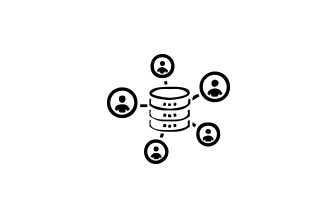
The client is a public authority financed by the government in one of the nordic countries. It supervises companies, organizations and individuals to ensure compliance with the country’s data and privacy legislation.
When the new European General Data Protection Regulation (GDPR) was implemented in 2018, it caused a massive increase in visits to the client’s website. The client didn’t know, however, who was visiting their site and why. Was it primarily Norwegians concerned about the storage and use of their data? Or was it organizations and businesses looking for answers on how the GDPR law could affect them? The site was focused primarily on the former group, but the client wasn’t sure if this was correct.
With Task Analytics, the client was able to clearly identify their site’s target audience, and their share of the total number of visitors to the site. Then, they identified specific tasks that were important to that target audience, determined the completion rate for those tasks, and continuously monitored them.
The majority of users were visiting the website with work-related questions, in line with “How to be GDPR compliant as an organization.” This meant there was a disconnect between the information offered on the website (primarily aimed at individual citizens) and the information actually sought by visitors. The client discovered:
Results from Task Analytics settled internal discussions on what was the most important information. Those insights couldn't have been achieved with only traditional web analytics data.
The client reworked its site and has since decreased the number of requests coming through phone calls and e-mails, improved resource efficiency and lowered costs. They’ve also introduced task- completion rates -Task Analytics' benchmark metric —as the leading Key Performance Indicator, making future site improvements, faster, cheaper and more effective for their users.
Your first 100 responses are on us, no creditcard required.